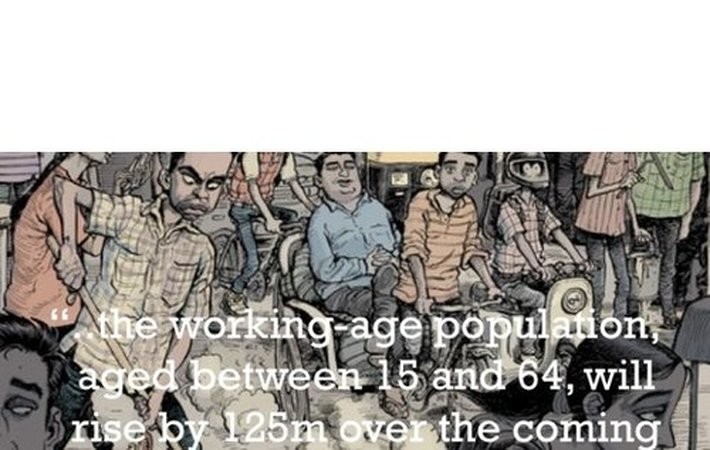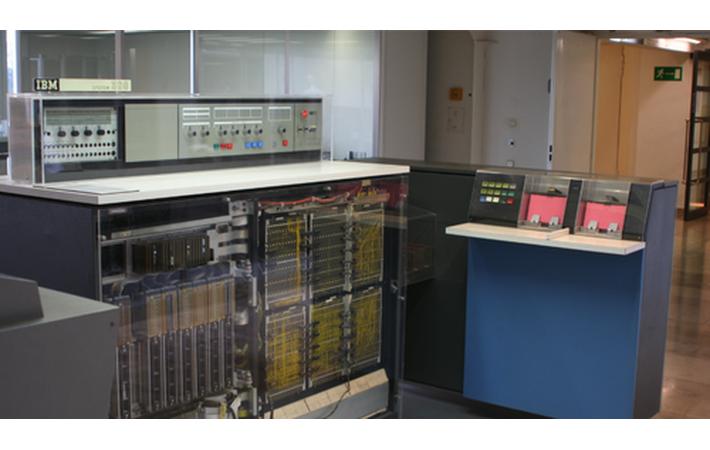
Published on 11/07/2016 | Market Sizing
Often, we technologists rush headlong into developing a new technology without thinking of why we are doing so. IoT is currently the term that evokes the most polarized reactions ranging from exuberance to ennui. It behooves us to consider its economic and social ramifications. I believe IoT will irreversibly change how we live, work and play; but very differently from anything we have experienced so far.
First, a brief glance back into history; after all if we don't study the past we will regrettably repeat its mistakes. The First Industrial Revolution is such a guide. In the mid 1700's, James Watt's steam engine became the symbol of a transformation of the world that originated from a creative explosion of scientific discoveries that happened decades earlier.
These inventions changed society forever - artisans that had controlled family businesses by handing down expert skills from one generation to the next became disenfranchised. The status of daily laborers was elevated as they learned to operate the new machines. Eventually, however, more machines came along that obsoleted manual jobs resulting in the strikes and work stoppages by the Luddite movement. Despite the upheaval to society, technology marched on and people's lives improved. Europe’s population and per capita income increased in the 19th century by a factor of ten. Every single business was affected by the replacement of manual labor by machines - textiles, railroads, chemicals, cement...
This new society spawned yet another burst of scientific discoveries in the early 1900's which culminated in the dawn of the Second Industrial Revolution - that of computing. This period started the inexorable replacement of clerical and administrative work by computers; a process that has still not played itself out completely. What better symbol of this age than the iconic IBM360?

It is important to note the impact that these revolutions had on the economies of the world. In the 1500's, China and India were the two largest economies - not surprising because these two countries were the most populous. The two industrial revolutions turned the world order upside down. The graph below illustrates it more effectively than a barrel-full of words. You see China and India falling behind during the First Industrial Revolution. Not shown here, but evident from the same set of data is Russia falling behind during the Second Industrial Revolution.
Clearly, there were winners and losers when such sea changes in technology disrupted the world. Those countries that embraced these earth-shaking technologies prospered and those that didn't were relegated to a footnote in history.
I believe that the IoT is as fundamental a change as the ones described above and that it indeed is the Third Industrial Revolution. The simple reason is that we are closer to true machine intelligence. Low cost sensors make all of this possible. The destruction of higher level jobs is inevitable. While the First Industrial Revolution destroyed manual jobs and the Second Industrial Revolution decimated clerical and administrative jobs, this one will erase a large percentage of service and professional jobs. And yet, if history is to be our guide, we should expect a ten-fold increase in GDP and per capita income.
There will, of course, be winners and losers. It will be fascinating to watch. There are some early indications of what is to come as cheap robots enabled by the latest sensors working in tandem with the latest computers have leveled the playing field. For example, a sock maker has moved its manufacturing back to the United States, saving on transportation and inventory costs while creating a more agile supply chain. A German brewery has moved its bottling operation back to Germany for similar reasons. Air pollution data is being crowd-sourced using cheap gas sensors connected to smartphones. Homes and offices are being connected to the internet to monitor the usage of heat, water and electricity and democratize the use of security cameras.
Naturally, lots of people and companies are exuberant about this impending revolution. Clearly, the potential and supply for software applications will mushroom. Unquestionably, there will be opportunities to develop the hardware and software infrastructure - more servers, more routers and switches, more 4G and 5G base stations. Without a doubt, there will be opportunities to develop API's that standardize the link between all these new Internet enabled sensors and the databases and applications that lie in the cloud.
But what of those arms merchants eyeing this opportunity hungrily as the PC and smartphone boom subside? What is the future of semiconductor companies that have long been the under-appreciated contractors and workmen doing the bidding of the system architects? The answer, in the limit, is possibly disappointing.
The opportunity on the system side, which most semi companies have all the talent to embrace, is significantly higher. Below is the Xsens body suit which has about 15 sensors embedded. It retails in the tens of thousands of dollars because the product embeds the valuable algorithms and the software system that captures the data and renders it useful to the customer.
Similarly, the Xsens 3D motion capture modules used on ocean going vessels to reduce diesel costs by up to 40% are more valuable than the pieces that go into them and consequently retail in the hundreds of dollars.
There is no question that semiconductor companies have the engineering talent to pull this off - the system sale I mean. The real question is whether they understand the reality of where the value lies. And if they do, whether they have the stomach to abandon the skills and expertise that served them well in the past but are inevitably becoming a commodity. Will they realize that the IoT may not be a monolithic, standards based market that drives volumes in the billions of units and rather it may be a fragmented, distributed market? And will they adapt to this market of disparate pieces by finding the commonality and building a platform or will they wait for instructions from the system architect as they do now?
Will they embrace the opportunity or will they be relegated to a footnote in history books?
What do you think?
This article was originally posted on LinkedIn.